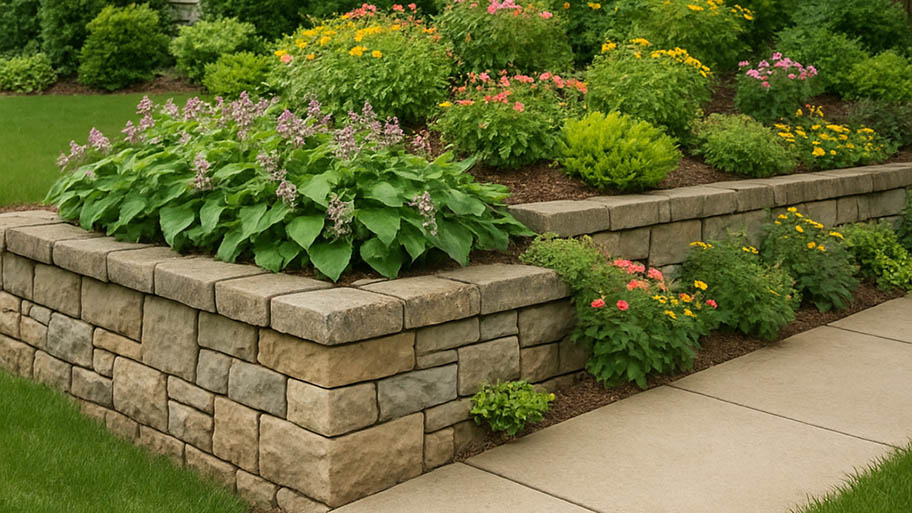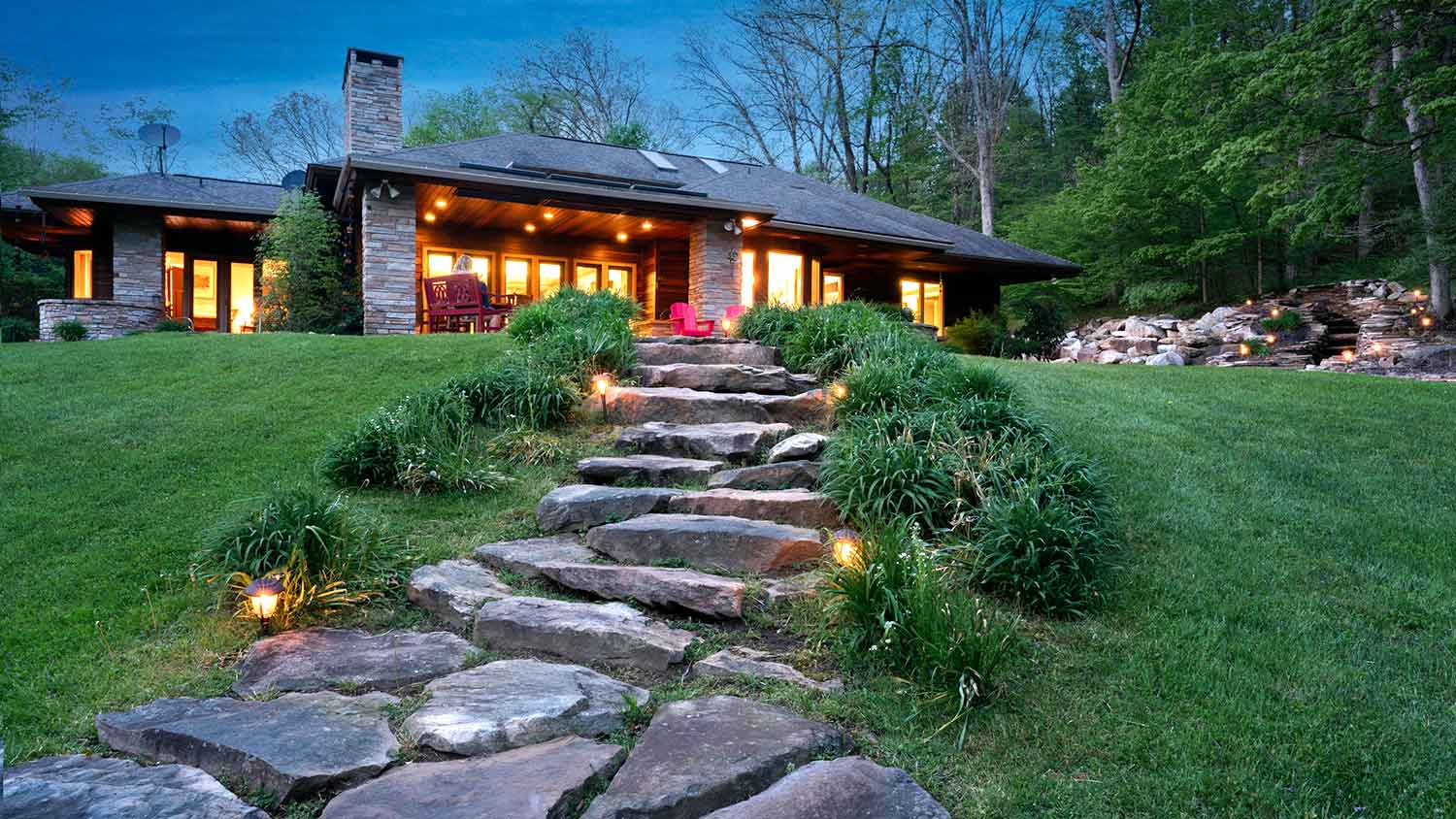
How much do hedges cost? Discover average hedge installation prices, key cost factors, and tips to save money on your landscaping project.
Don’t cut corners on this landscaping task


Regularly trim bushes to maintain the plant’s health and encourage new growth.
The best time to trim bushes and shrubs depends on the plant type.
In general, avoid trimming bushes or shrubs in late summer or fall.
Well-kept shrubs, hedges, and bushes can make your property feel like a lush oasis. A large part of caring for these plants involves trimming them at certain points of the year to keep them healthy and promote additional growth. However, knowing when to cut can be a little confusing since it varies on the type of plant. Read on to learn when to trim bushes and shrubs, no matter which kind of plant you have.
Spring-flowering shrubs and trees such as lilacs and forsythias produce flowers in spring on the growth of the previous season. The best time to prune these shrubs is late spring, immediately after they finish flowering. If you wait until fall or winter, you may remove next year’s buds, thus minimizing your springtime blooms.
Potentilla and Japanese spirea are two examples of summer-flowering shrubs. These plants bloom on the new growth from the current season. Prune in the winter or first month of spring while the plants are dormant since they will bloom in the summer on the new growth of the current season.
Deciduous shrubs that don’t produce flowers, such as a burning bush, are known more for their bark, fruit, or foliage. Prune these shrubs in late winter or early spring before they begin their seasonal growth.
If you have overgrown shrubs and bushes, the best time to trim these plants is in late winter or early spring. Heavy pruning and trimming may reduce the flower display on spring-flowering shrubs for a couple of years, but the plants will be healthier in the long run. Aim to remove about a third of the plant’s branches to avoid overcutting the bush.

Evergreen shrubs such as juniper and yew should be trimmed in the spring before new growth begins. It’s also good to do light pruning or shaping halfway through the summer. Avoid trimming evergreen shrubs in the fall, since the trimmed plants may be damaged by winter weather.
When to trim your roses depends on the type of shrub you have. Roses that bloom only once a year should be pruned after they finish blooming like other spring-blooming shrubs. Roses that repeatedly bloom throughout the summer should be pruned in early spring. Avoid cutting too much and aim to only remove damaged stems.
Blueberry, raspberry, and other berry bushes should be trimmed each winter to maintain thriving plants. Cut about a third of the oldest stems of these bushes as well as any dead stems off at the ground level.
Always do your research on your plants and shrubs to learn about their proper care and maintenance. Otherwise, you may be cutting off vital new growth at the wrong time.
It can be a lot to maintain all of your bushes, shrubs, trees, and other landscaping all year round. If you’re not up to it, contact a local landscaping expert to trim or remove your plants.
From average costs to expert advice, get all the answers you need to get your job done.

How much do hedges cost? Discover average hedge installation prices, key cost factors, and tips to save money on your landscaping project.

How much does hardscaping cost project by project? Check out our breakdown for every price tag you need to know, from outdoor fireplaces to patios.

Looking to step up your golf game without leaving your property? This guide details backyard putting green costs to help you decide if this project is worth it.

Wondering when the best time to regrade your yard is? Learn why fall is ideal and what factors you should consider that affect your specific timeline.

There is no one-size-fits-all retaining wall for your yard. In fact, the options are endless. Check out 20 retaining wall ideas to upgrade your hardscape.

If you’re thinking about installing solar lights, you’re probably wondering how much sunlight is required for solar landscape lighting. Here’s the answer.